Engaging communities through mushroom cultivation: reflections on a citizen science journey
Shrey Gupta shows how mushroom cultivation can be used as a tool to engage communities of learners in processes related to citizen science.
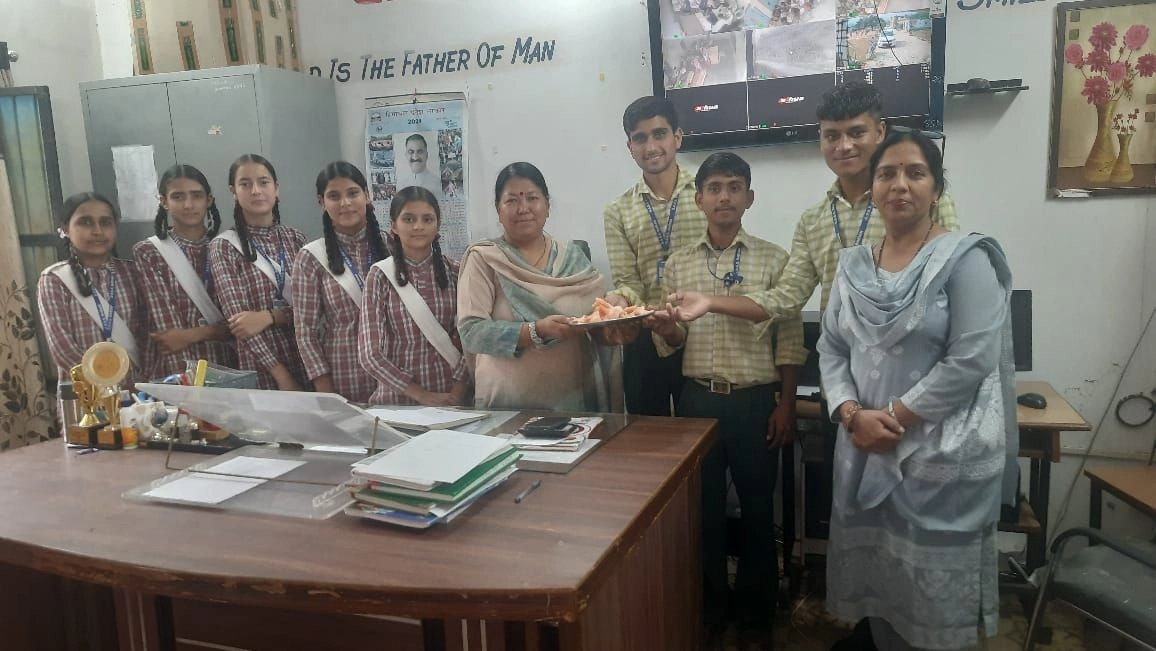
Eco Vigyan Foundation has been working with schools across Himachal Pradesh to introduce teachers and students to the fascinating world of fungi. Among these, the schools in Nalagarh have embarked on a particularly inspiring journey.
It all started with simple mushroom walks in the forests. Soon it turned into a larger exploration of fungal diversity and hands-on learning.
Encouraged by their curiosity, participants began documenting their findings. They have been able to create school-based mushroom repositories. Over time, this engagement has evolved into cultivation initiatives that have brought mushrooms from the wild into classrooms.
Citizen science and community engagement
At Eco Vigyan Foundation, we view citizen science as a participatory approach. It empowers individuals—especially students and teachers—to actively engage with scientific inquiry and environmental responsibility.
By democratizing knowledge and making scientific exploration accessible, citizen science bridges the gap between academic research and community-based learning. Our work in Himachal Pradesh embodies this philosophy by encouraging curiosity driven, hands-on learning experiences that connect scientific principles with real-world applications.
We believe that when individuals document biodiversity, experiment with sustainable practices, and share their findings, they become both knowledge producers and environmental custodians. Through mushroom cultivation, students and teachers have moved beyond passive learning to become co-creators of knowledge. They are developing an intimate connection with local ecosystems, while addressing larger questions of sustainability, nutrition, and resource management.
From exploration to cultivation: the workshop experience
The transition from mushroom identification to cultivation was driven by a fundamental question—how can edible mushrooms become a part of our daily lives?
To answer this, we have designed structured workshops. These blend conceptual learning with practical engagements. Each workshop follows a structured format. We share this here.
Introduction to fungi and their ecological role: Teachers learned about fungal biology, ecological functions, and the importance of fungal diversity in local ecosystems.
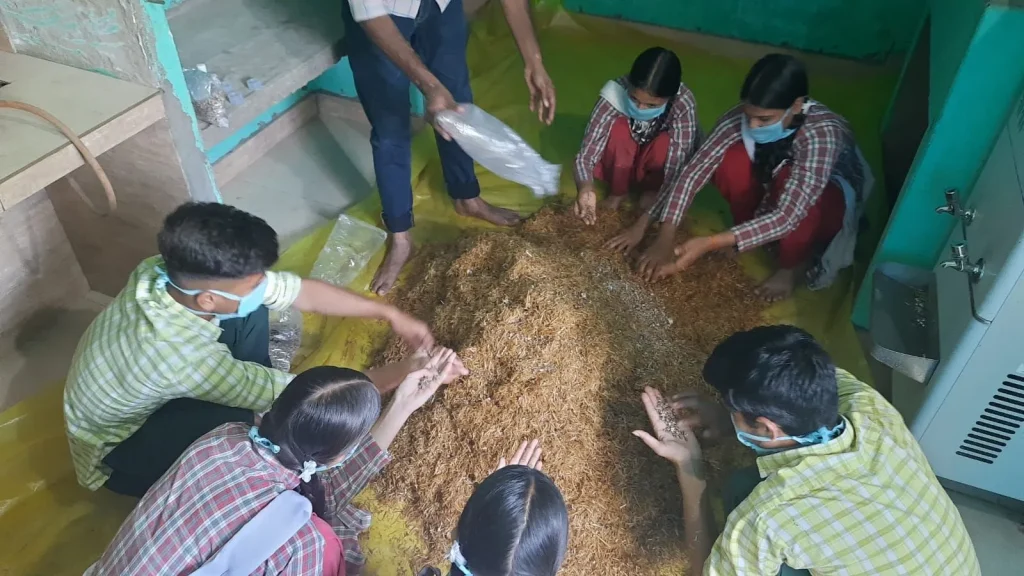
Mushroom identification and documentation: Using field guides and local knowledge, participants documented fungi in their surroundings. The process reinforced observational skills and species identification techniques.
Hands-on cultivation training: Teachers were trained in cultivating oyster mushrooms using agricultural waste such as straw and cardboard. This made the process both sustainable and cost-effective.
Monitoring growth and understanding fungal life cycles: Teachers and students tracked the stages of mushroom growth. In the process, they developed an applied understanding of fungal reproduction and metabolism.
Harvesting and reflecting on the process: The culmination of the workshop involved harvesting mushrooms and discussing their economic and nutritional significance. The participants brainstormed ways to integrate this knowledge into the school curriculum.
Cultivating curiosity and knowledge
Through this pedagogy, the goal was to equip teachers with skills related to cultivating mushrooms. Equally importantly, they also developed a deeper appreciation of fungi as an essential component of ecosystems.
The hands-on approach provided experiential learning opportunities. Through these, theoretical knowledge was reinforced through direct observation and experimentation.
The shift from exploration to cultivation was fueled by curiosity and a willingness to experiment. Within two months, the schools harvested 10-12 kilograms of mushrooms. This offered the students and the teachers insights into fungal life cycles, economics, and nutritional value.
Teachers’ reflections on their experiences
“When the students saw a picture of oyster mushrooms, they were intrigued. They had only ever encountered button mushrooms before. So, the hands-on activity became an exciting challenge. They asked questions, experimented with different methods, and learned so much in the process.” – Kavita Bansal, Shivalik Valley School, Nalagarh
“We discovered a practical and affordable way to grow oyster mushrooms. And the students, especially the girls, found immense joy and excitement in the process.” – Sachin Talogta, Government Girls Senior Secondary School, Nalagarh
“From a single batch, we managed to get four successful harvests! This success has inspired us to continue mushroom cultivation as a regular activity at our school.” – Ranjan Walia, Government Model Boys Senior Secondary School, Nalagarh
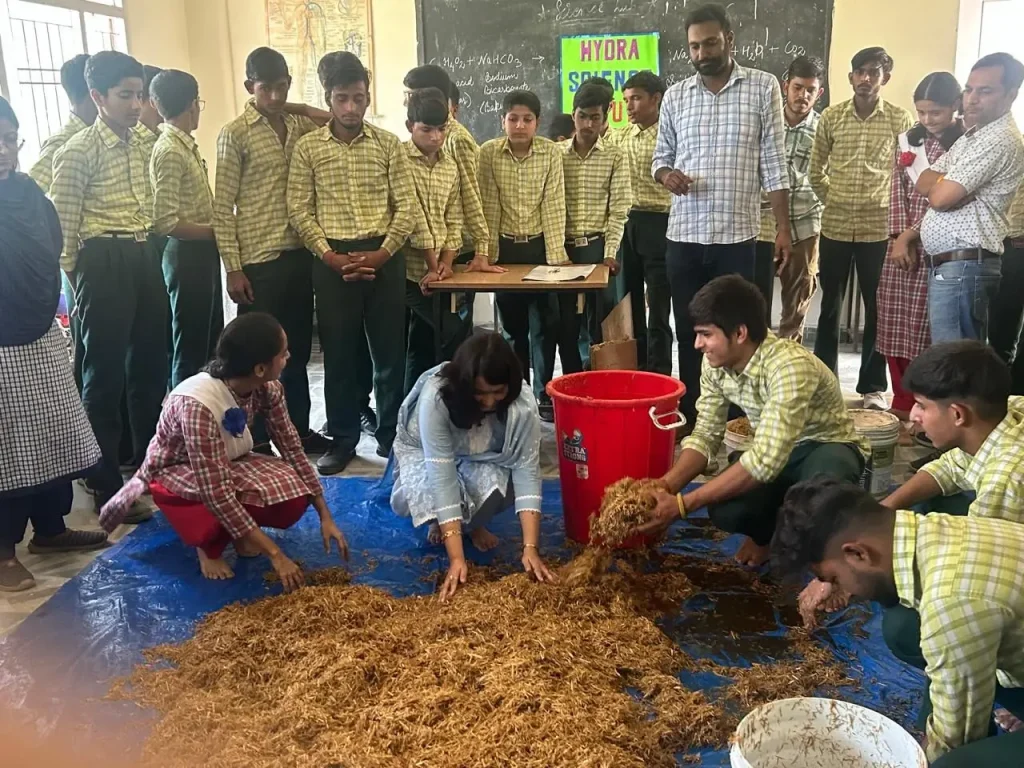
“Nature holds many secrets. And through mushroom cultivation, we have uncovered some of them, right within our school premises.” – Chandresh Rana, Government Senior Secondary School, Bariyan
Beyond cultivation: building a community of learners
The cultivation of mushrooms extended beyond science. It nurtured a sense of connection with nature. It also offered insights into sustainable agricultural practices.
Teachers, in collaboration with students and with ongoing support from Eco Vigyan Foundation, explored ways to optimize growing conditions. They used locally available resources. This reinforced concepts of ecological balance and resource efficiency.
The participants learnt practical cultivation skills. They gained awareness of waste management and food security. They were also exposed to the potential of mushroom cultivtion as a sustainable livelihood option.
This hands-on approach to learning proved to be both fun and transformative. It opened doors to new ways of thinking about food production and environmental responsibility.
Mushroom cultivation as citizen science
This initiative is an example of the power of citizen science in encouraging community led research, innovation, and ecological responsibility. Students and teachers have been able to enhance scientific literacy in mushroom cultivation. In the process, we are nurturing a participatory model where communities become active stakeholders in knowledge creation.

The process of observing, documenting, experimenting and refining cultivation techniques embodies the core principles of citizen science—curiosity, collaboration, and shared learning. As we move forward, we envision expanding this model to more schools, inspiring future generations to engage with science in meaningful and impactful ways.

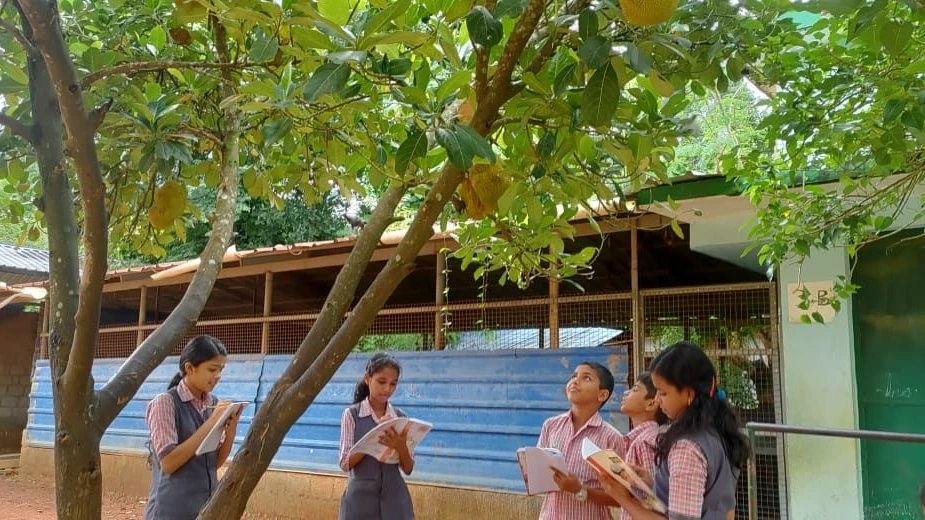
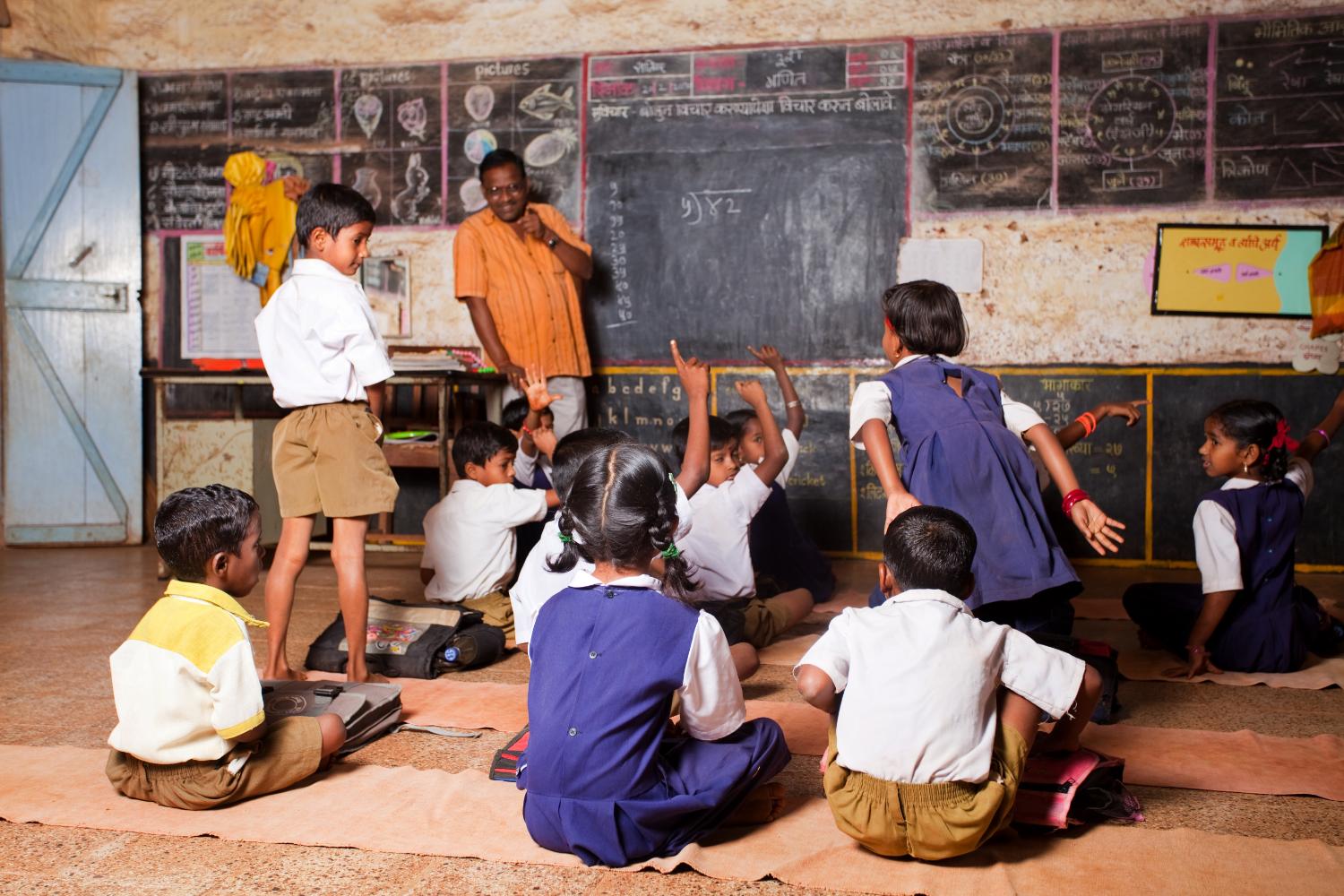
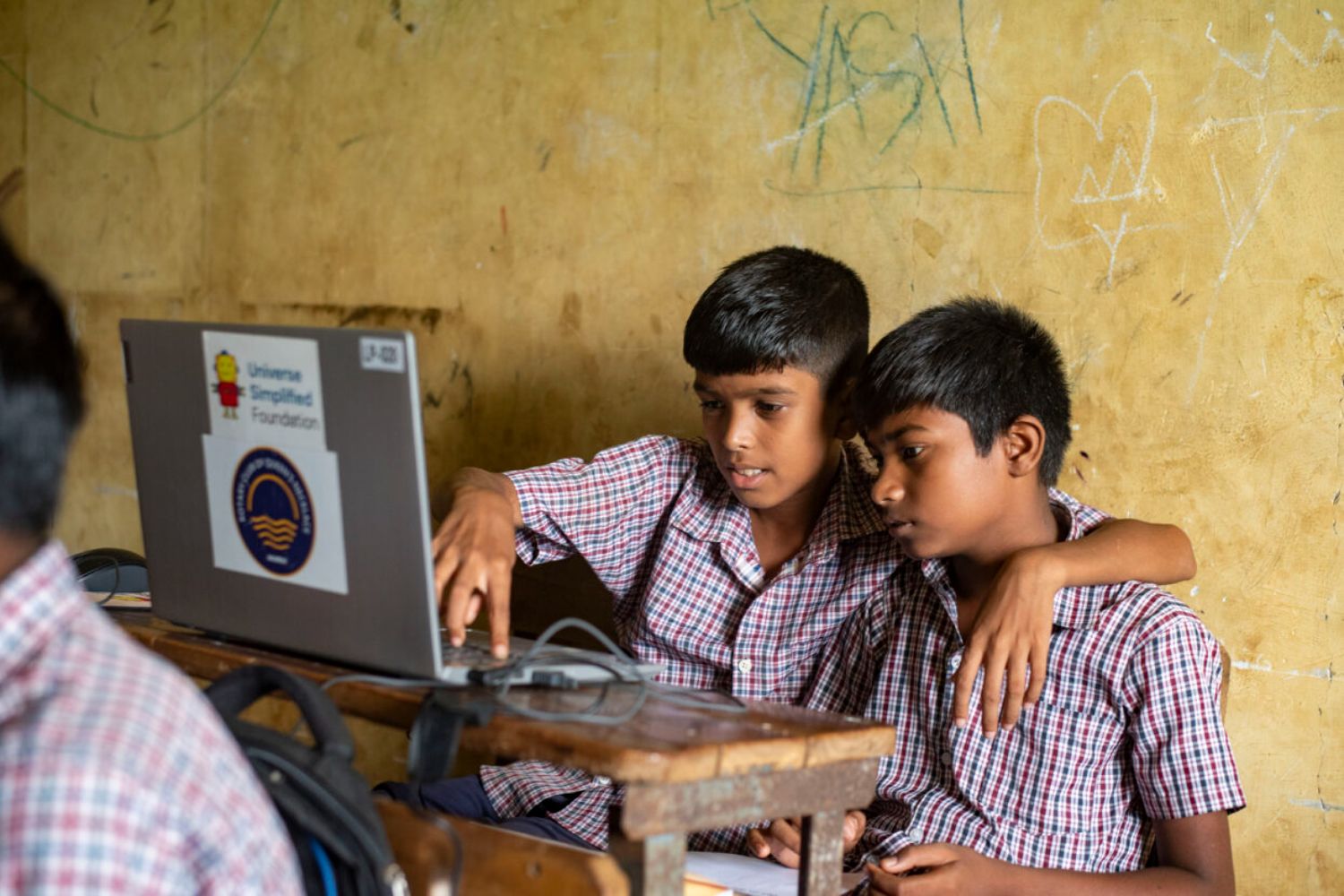
No approved comments yet. Be the first to comment!